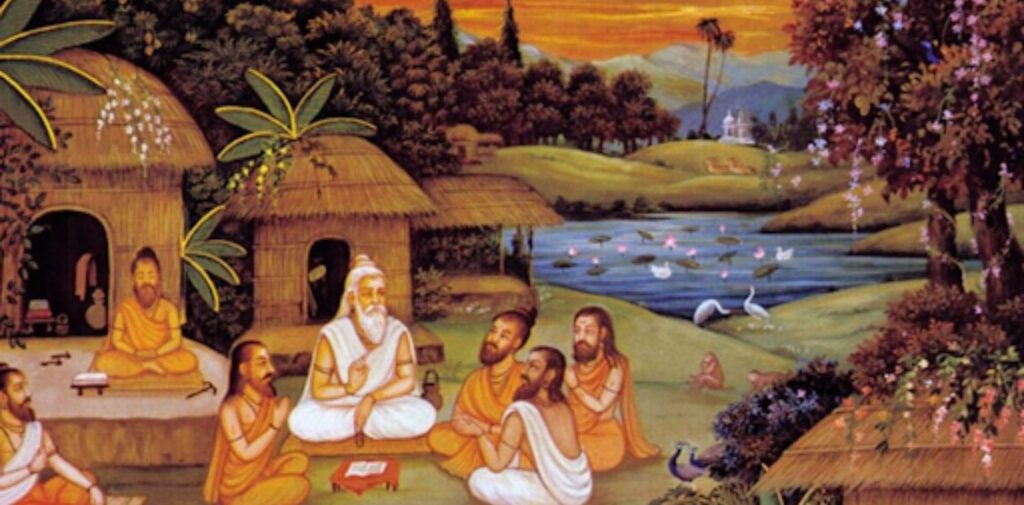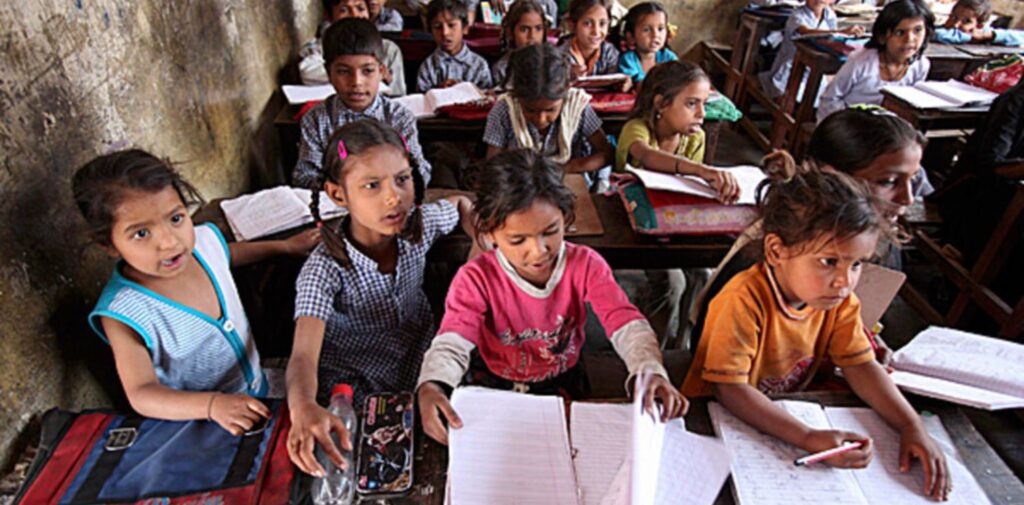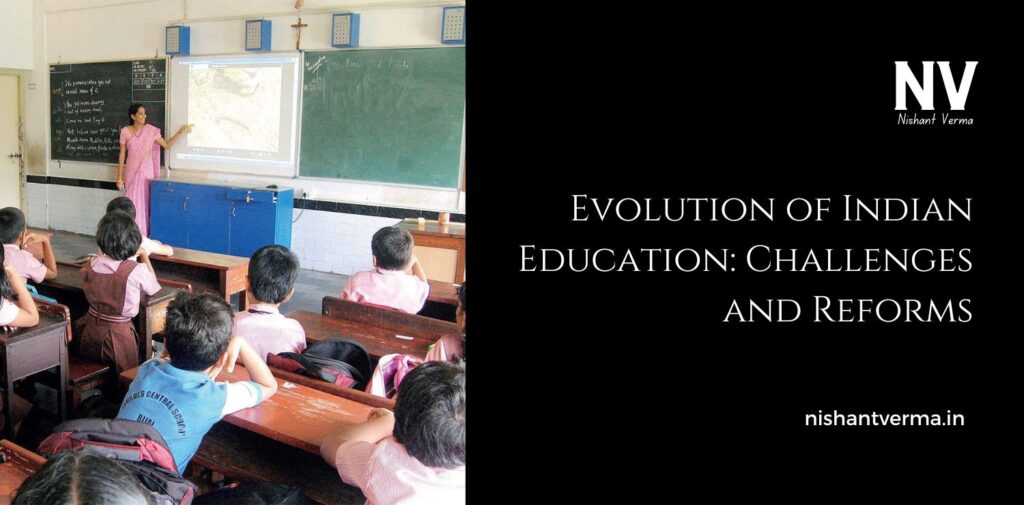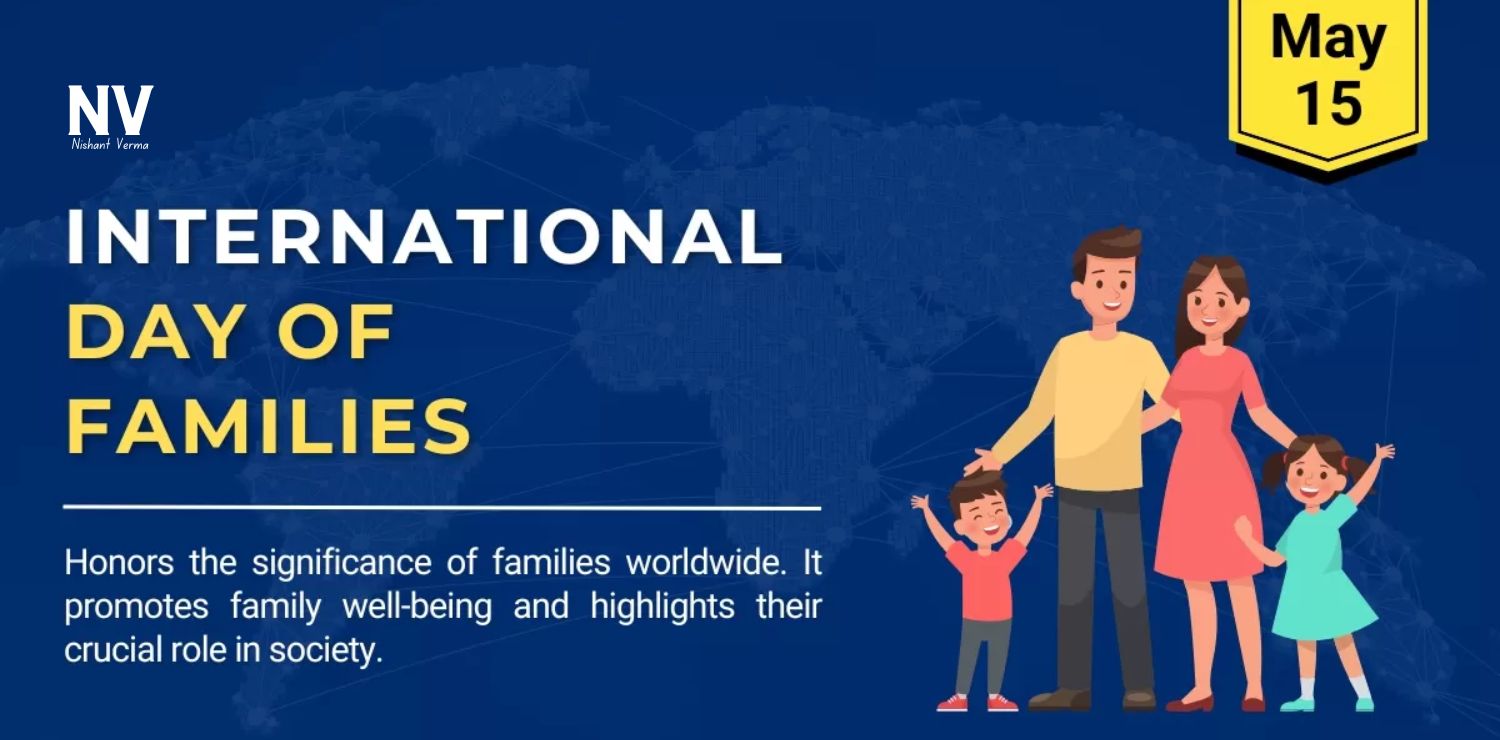India is a country with a rich history and diverse cultures, and education has always played a significant role in shaping its development. However, the journey of education in India has not been easy. Over the years, there have been many challenges, but there have also been numerous reforms that have improved the education system.
In this article, we will explore how education in India has evolved over time, the challenges it has faced, and the reforms that have been introduced to make it better. This journey will help us understand the importance of education and how it has helped shape India into the country it is today.

The Early Days of Education in India
Education in ancient India was very different from what we see today. Thousands of years ago, learning took place in small, informal settings. Gurus (teachers) would teach their students about various subjects, including religion, mathematics, science, and philosophy. These teachings were passed down orally, and the focus was on developing a person’s mind and character.
In ancient times, India had many centers of learning, such as the famous universities of Nalanda and Takshashila. These were places where students from all over the world came to learn. The subjects taught included astronomy, medicine, literature, and many others.
However, education was mostly available to the rich and the elite. Poor children, especially from rural areas, did not have access to education. Education was also mostly limited to boys, and girls were not given the same opportunities.
The British Influence on Education
The arrival of the British in India brought significant changes to the education system. During British rule, the British government introduced formal schooling, but it was designed to serve the needs of the British Empire, not the Indian people. The British education system emphasized subjects like English, history, and science, which were aimed at producing civil servants who could work for the British government.
The British introduced a system of schools and colleges, but these institutions were often expensive, and only a small number of children had access to them. The focus of education was not to teach people practical skills but to train them to serve the British rulers. As a result, many people in India remained uneducated.
One of the major reforms during British rule was the introduction of the English language as a medium of instruction. While this allowed some Indians to learn English and access western knowledge, it also created a divide between those who could afford an English education and those who could not.
The Struggle for Education After Independence
After India gained independence in 1947, the government faced the challenge of creating an education system that would provide equal opportunities for all citizens, regardless of their background or social status. The country had a very low literacy rate, and many people, especially in rural areas, were still not able to access education.
One of the first steps taken by the Indian government was to make education a priority. In 1950, the government set up the Indian Council of Educational Research and Training (NCERT) to improve the quality of education in schools. The goal was to ensure that education would be available to all children and that they would be taught skills that would help them succeed in life.
In 1956, the Kothari Commission was set up to suggest ways to improve education in India. The commission recommended that education should be free and compulsory for children up to the age of 14, and that the education system should be modernized to meet the needs of the country.

The Challenges in Indian Education
While there have been many positive changes in the education system, India still faces several challenges. Let’s take a closer look at some of the major challenges in Indian education:
- Lack of Access to Education in Rural Areas: One of the biggest challenges in India is providing education to children in rural areas. Many villages do not have schools, and even if they do, the schools are often poorly equipped with few teachers and resources. Children in these areas often have to walk long distances to attend school, which makes it difficult for them to get an education.
- Dropout Rates: Many children, especially in rural areas, drop out of school at an early age. This is often due to poverty, as families may need their children to work and earn money rather than go to school. Others may drop out because they find it difficult to continue their education due to the lack of support or interest in their studies.
- Poor Quality of Education: The quality of education in many schools is a major concern. Many teachers in rural schools are not well-trained, and the teaching methods are outdated. Students often memorize information without truly understanding it, which limits their ability to think critically and solve problems. Additionally, many schools do not have basic facilities like clean drinking water, proper classrooms, or access to technology.
- Gender Discrimination: Girls in many parts of India face discrimination when it comes to education. In some regions, families prioritize education for boys and discourage girls from attending school. This has led to a gender gap in literacy rates, with fewer girls completing their education compared to boys.
- High Cost of Education: Despite many efforts to provide free education, the cost of education remains high in many private schools and colleges. Families with low incomes often cannot afford to send their children to school, and many students are forced to work to support their families. This results in a high dropout rate and limits the chances of children from poor families receiving a good education.
Reforms to Improve Education in India
Over the years, the Indian government has introduced several reforms to address the challenges in the education system. These reforms aim to provide better access to education and improve its quality.
- Right to Education Act (RTE): One of the most significant reforms in recent years was the introduction of the Right to Education Act (RTE) in 2009. The RTE Act made education free and compulsory for all children between the ages of 6 and 14. This law ensures that children from all backgrounds have the right to attend school, and it has helped to increase enrollment rates, especially in rural areas.
- Mid-Day Meal Scheme: The government introduced the Mid-Day Meal Scheme in schools to encourage children, especially from poor families, to attend school. Under this scheme, students are provided with free meals during school hours. This not only helps to ensure that children are well-fed but also encourages them to stay in school and continue their education.
- Improving Teacher Training: To improve the quality of education, the government has worked on improving teacher training programs. Well-trained teachers are essential for providing quality education, and efforts have been made to offer better training and professional development opportunities for teachers, especially in rural areas.
- Digital Education and Technology: In recent years, the use of technology has become an important tool in education. The government has introduced digital learning programs to improve education, especially in remote areas. Through the use of technology, students can access online resources, virtual classes, and educational apps that help them learn in new and exciting ways.
- Focus on Vocational Education: To prepare students for the workforce, the government has also focused on vocational education. This type of education provides students with skills that can help them get jobs right after completing school. By offering vocational courses in fields like carpentry, plumbing, and computer science, the government is helping young people find employment and become self-reliant.

The Way Forward
Despite the progress made, India’s education system still has a long way to go. The country needs to address issues like poor quality of education, gender inequality, and high dropout rates to ensure that every child has access to a good education. It is also essential to make sure that education keeps pace with the changing needs of the world, especially in the fields of technology, science, and critical thinking.
The future of education in India lies in making learning more inclusive, accessible, and relevant to all students, regardless of their background. By continuing to focus on these reforms and ensuring that every child has the opportunity to learn, India can build a brighter and more prosperous future for its citizens.
Conclusion
The evolution of education in India has come a long way, from the ancient days of informal learning to the modern education system we see today. While there have been many reforms and improvements, the challenges of access, quality, and inequality continue to affect the education system. The government, along with teachers, parents, and students, must continue to work together to ensure that education remains a powerful tool for building a better future for all of India’s children. Education is the key to progress, and it is through education that India can achieve its full potential.




